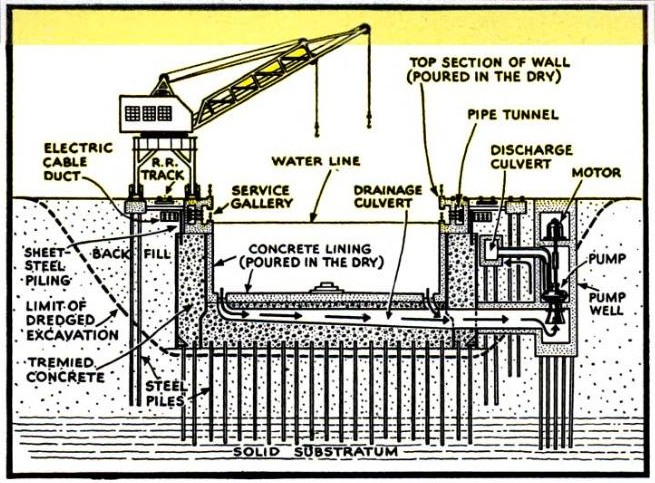We have experience hosting a range of audiences, from college classes to birthday parties to company outings, and we customize our tours to meet your group’s interests and needs.
Book a private tour today
The history and legacy of the Second World War can be seen all around us in Brooklyn. Once home to hundreds of factories, shipyards, and warehouses, and responsible for sending …
Read more
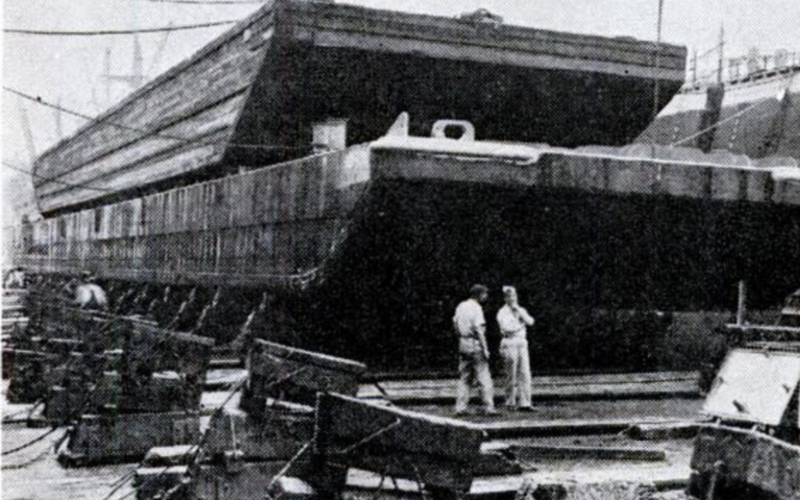
Public markets are one of the foundational institutions of urban life. The Project for Public Spaces defines public markets as indoor or outdoor markets that “operate in public space, serve locally …
Read more
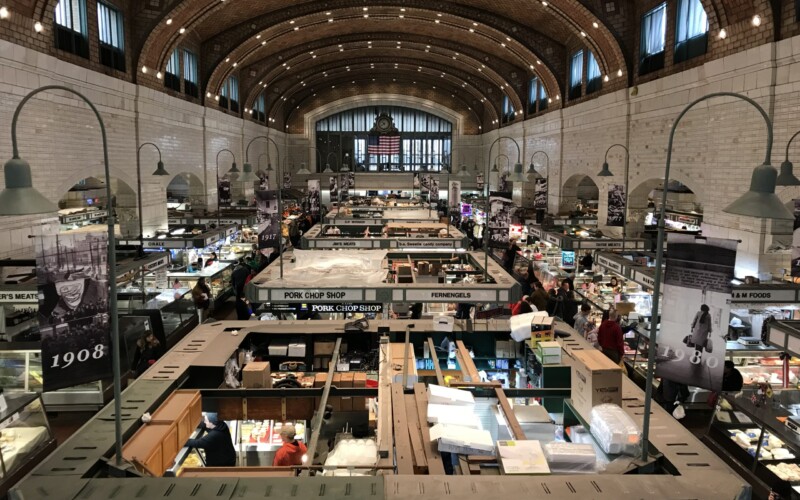
Behind the gates of the Brooklyn Navy Yard lies a network of streets that are a mystery to most New Yorkers. Named for naval heroes, shipyard operations, and even a …
Read more
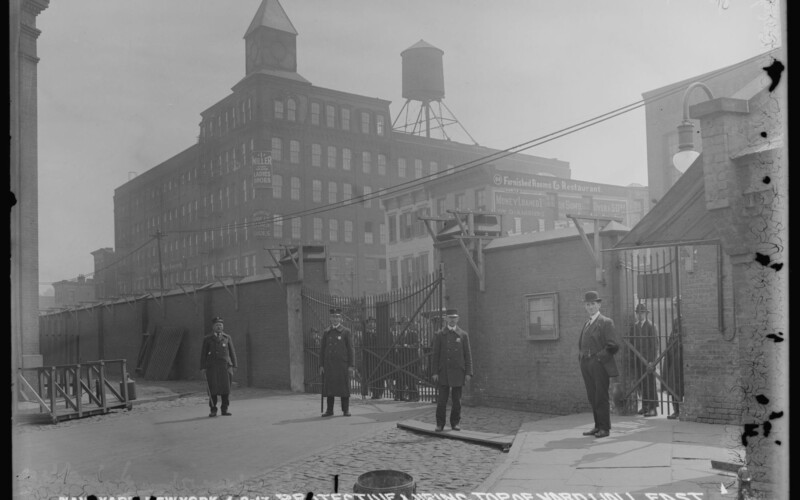
Explore the neighborhoods surrounding the Brooklyn Navy Yard, including Vinegar Hill, Fort Greene, Clinton Hill, and Williamsburg, on this walk around the Yard’s long perimeter. We will explore connections between …
Read more
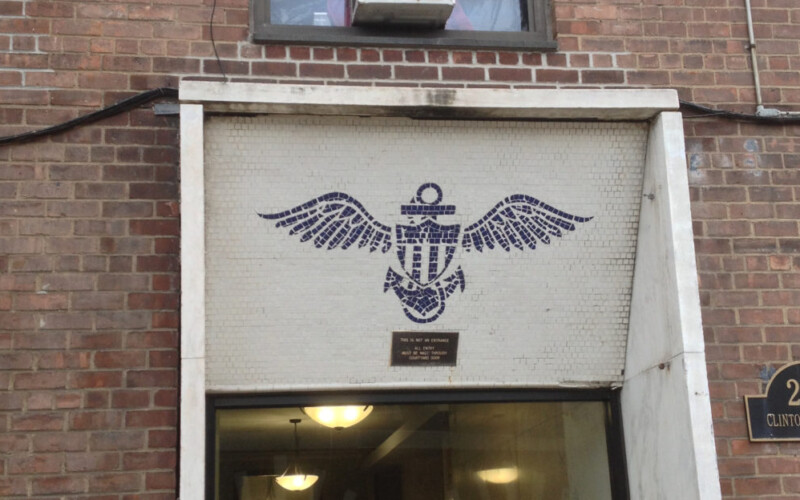
Food manufacturing has been a cornerstone of Brooklyn’s manufacturing economy for 150 years. Not only was the borough was home to some of the largest chocolate and confectionary makers in …
Read more
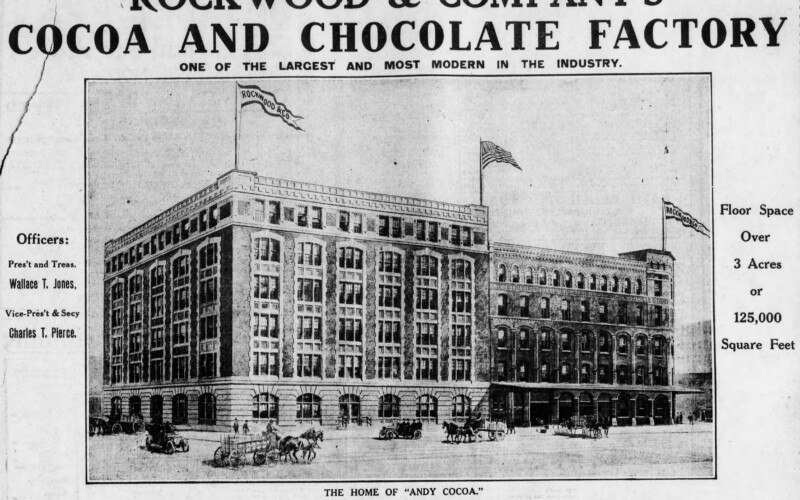
Times of war have always brought the biggest transformations to the Brooklyn Navy Yard, and none were bigger than those that took place during World War II. But long before …
Read more
